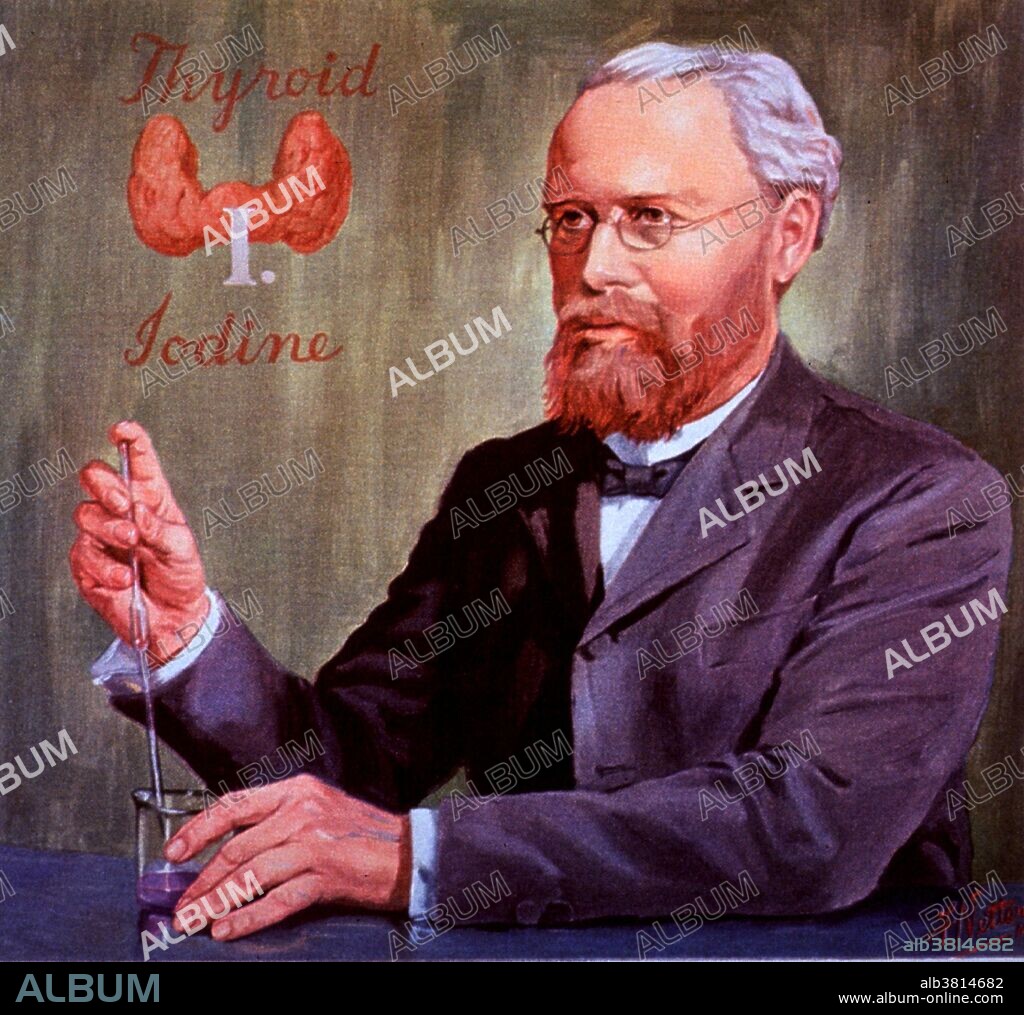alb3814682
Eugen Baumann, German Chemist

|
Zu einem anderen Lightbox hinzufügen |
|
Zu einem anderen Lightbox hinzufügen |



Haben Sie bereits ein Konto? Anmelden
Sie haben kein Konto? Registrieren
Dieses Bild kaufen.
Nutzung auswählen:

Titel:
Eugen Baumann, German Chemist
Untertitel:
Siehe automatische Übersetzung
Eugen Baumann (1846-1896) was a German chemist. He was one of the first people to create polyvinyl chloride (PVC), and, together with Carl Schotten, he discovered the Schotten-Baumann reaction. The Schotten-Baumann reaction is a method to synthesize amides from amines and acid chlorides. The organosulfur compounds of the urine were his starting point into the physiological chemistry. He identified the source for aromatic compounds in urine being the aromatic amino acids, such as tyrosine. He influenced the organosulfur chemistry by the synthesis of thioacetals and thioketals. These substances were subsequently used by other scientists, for example for anesthesia. Together with his coworkers, he was able to prove that thyroxine was the active ingredient in the thyroid gland. Baumann died at the age of 49 due to a heart problem.
Bildnachweis:
Album / NLM/Science Source
Freigaben (Releases):
Bildgröße:
3300 x 3101 px | 29.3 MB
Druckgröße:
27.9 x 26.3 cm | 11.0 x 10.3 in (300 dpi)
Schlüsselwörter:
BERÜHMT • BERÜHMTE PERSÖNLICHKEIT • CHEMIE • CHEMIKER • DEUTSCH • EUROPAEER (F M) • EUROPAEER • EUROPÄER (F M) • EUROPÄER • EUROPÄISCH • ILLUSTRATION • ILLUSTRATIONS • MANN • NOTABEL • PERSON • PERSöNLICHKEITEN • PERSÖNLICHKEITEN • PORTRAIT • PROMINENZ • WISSENSCH.: CHEMIE
 Pinterest
Pinterest Twitter
Twitter Facebook
Facebook Link kopieren
Link kopieren Email
Email
